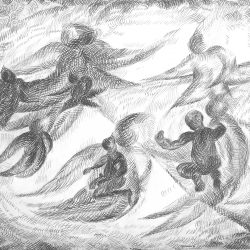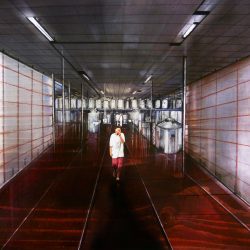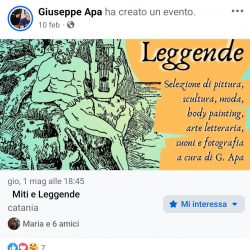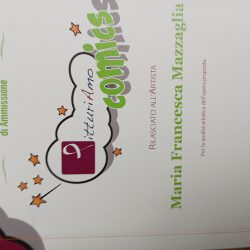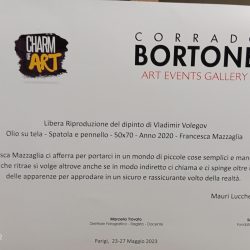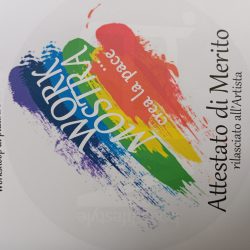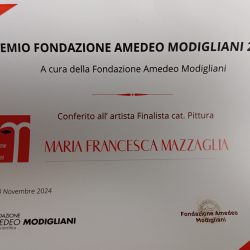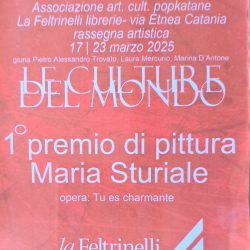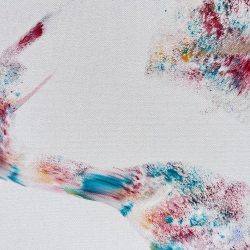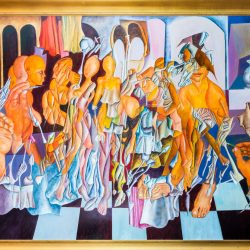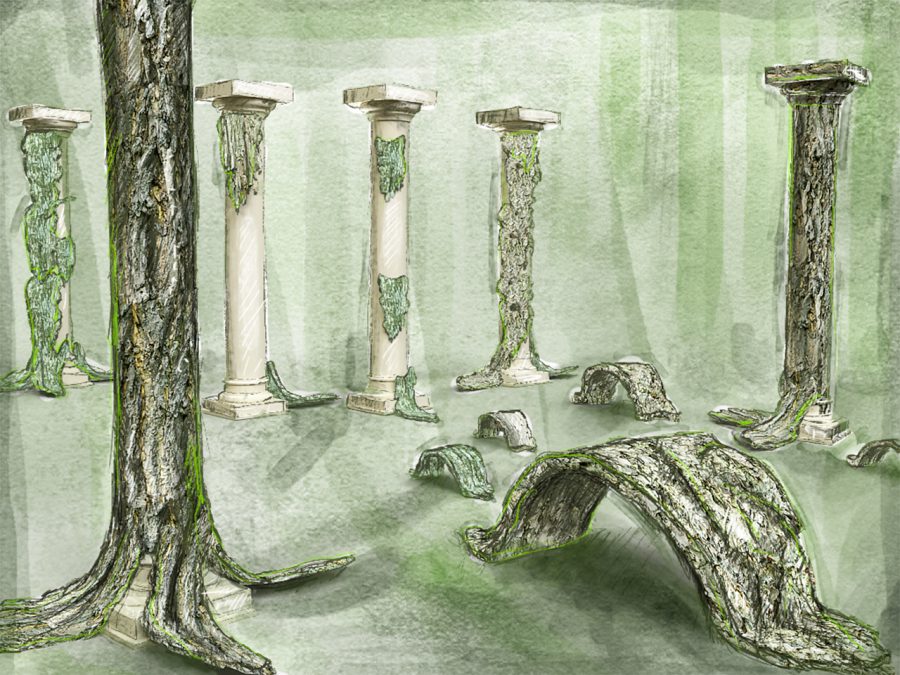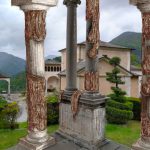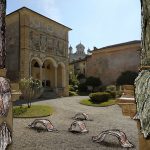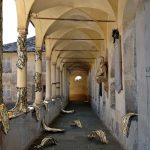Man has always drawn inspiration from nature. Science, art, and technology draw ideas from the vital processes of plants or animal behavior, whether it's a graphic or a wind turbine replicating the flight of a hummingbird.
Human civilization, which protects ideas with copyrights and patents, shamelessly copies the Plant, Animal, and Mineral Kingdoms without ever paying anything to Nature, completely ignoring it. Yes, we ignore that it has a personality; in fact, we talk about exploiting its resources as if Nature were just a shelf to replenish.
Nature is not a thing but a living Essence that exists; it loves, cares, creates, punishes, gets angry, loses control, and one fine day decides to reclaim copyright from humanity.
From that day on, the woods decide to behave like a "civilized society" where everything is cause and effect, where if you take something from the shelf, you pay for it. Trees claim image rights, plants begin to act for personal purposes and influence other plants to do the same.
IL BOSCO RUBATO (THE STOLEN WOODS)
No one knows how this advance of mobile barks really began. Pieces of bark are seen moving in procession. They cross roads, go up and down stairs, climb walls like snails. They have no eyes, mouth, legs... yet they move, advance, and head towards buildings in search of cylindrical-based columns. They gather all over the surface and stop there. When a column is completely covered with bark, they move on to another and then to the next one, continuing incessantly.
The spectacle is fascinating, a non-violent conquering march. You can't do anything; you feel enchanted by this transformation in progress. No one knows where these barks come from. They colonize columns and transform them into trees as if there were a bond between them, perhaps a resemblance, something profoundly strange and incomprehensible but at the same time so overlapping, clear, and familiar.
The woods claim architectural rights, move like armies, and colonize what they believe is their property by self-proclaimed birthright.
Through this narrative, the artwork explores the origin of the column's form contested between trees and architecture as a metaphor for the relationship between man and nature. Who is the owner of this creation? To whom does the entire world belong?
TECHNICAL DATA
LOCATION
Places and architectures with circular-based columns, indoors or outdoors
IMPLEMENTATION
Some detached elements from the columns (pieces of mobile bark) will be created beforehand and transported to the chosen location. Other elements and the covering of the columns will be executed on-site, taking care not to harm any column by covering it with biodegradable corn film on which I will intervene. The bark reproduced on the columns will be that of the trees in the area, copied through a mold. The entire artwork can be disposed of in a field, in an adjacent forest, in a nearby flowerbed, or in the organic waste bin along with the protective sheet.
DIMENSIONS
The installation can be sized according to the available space. In essence, I will intervene on columns, covering them entirely or partially, depending on the height and circumference dimensions. At the base of the selected columns and near stairs, walls, and other architectural elements, the mobile barks will be placed.
IMPLEMENTATION TIMELINE
Approximately one week
MATERIALS
For bark mold of local trees:
Non-damaging silicone rubber suitable for this purpose
For column covering: Clay-straw-natural pigments/earths-water-eggs-support cords
Column protection: Biodegradable sheet
COSTS
Materials: €500
CRITICAL ANALYSIS
The sculptures made of clay and straw are quite resistant, considering that the mixture was used to make bricks and build houses. However, they remain subject to natural deterioration and weather conditions. The presence of egg in the colors ensures good waterproofing and resistance to rain. They have no durability problems indoors.
progetti
ARBOR Invasion
| category | Exhibition |
| location | Bologna (Emilia-Romagna - Italy) |
| deadline | 30 May 2024 |
Exhibition



